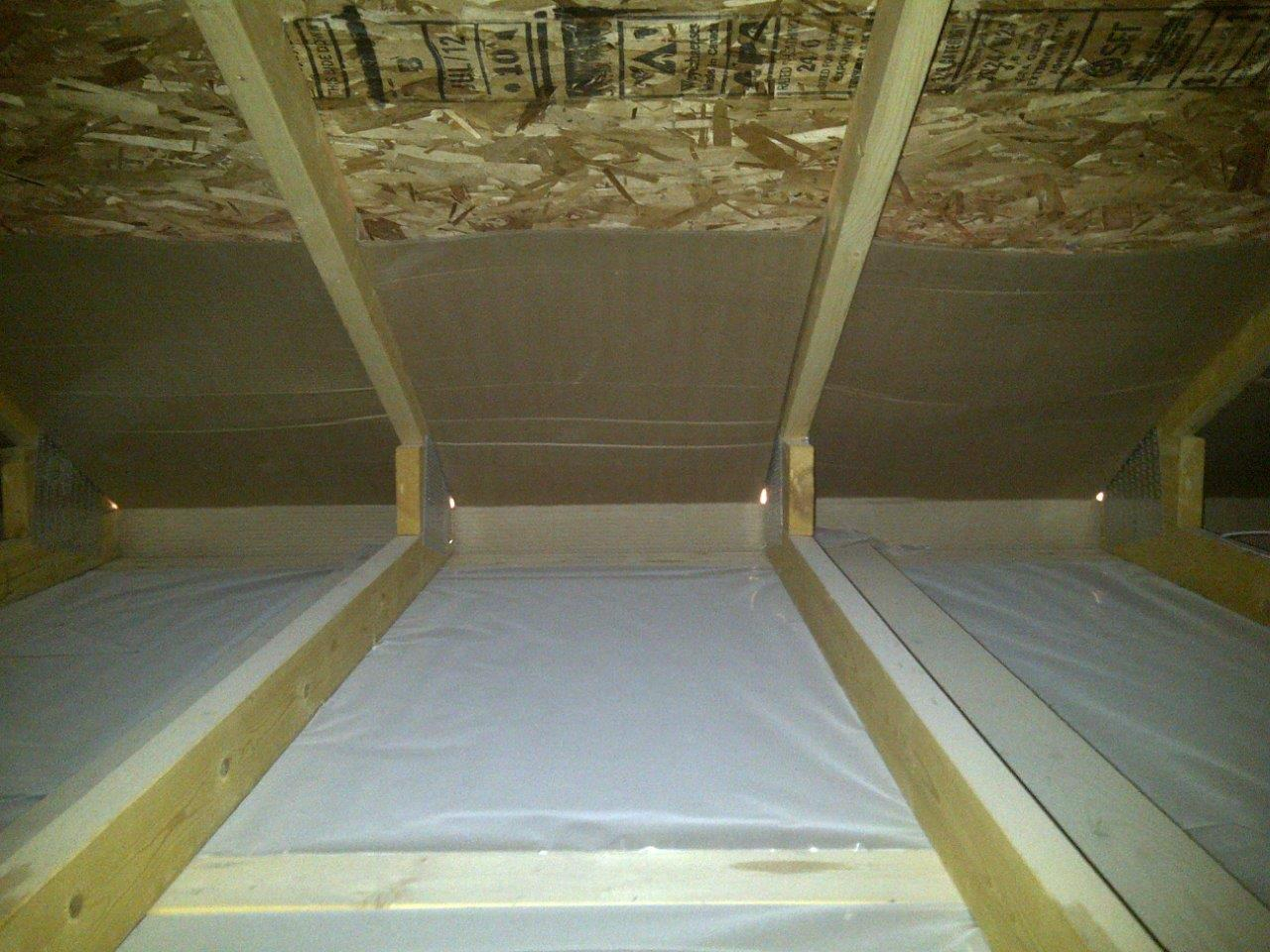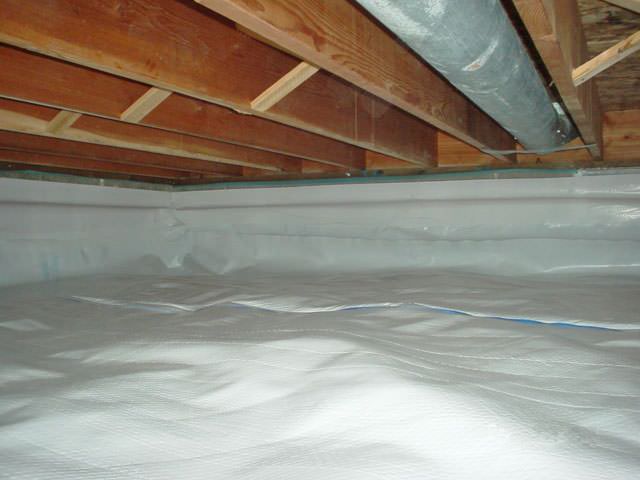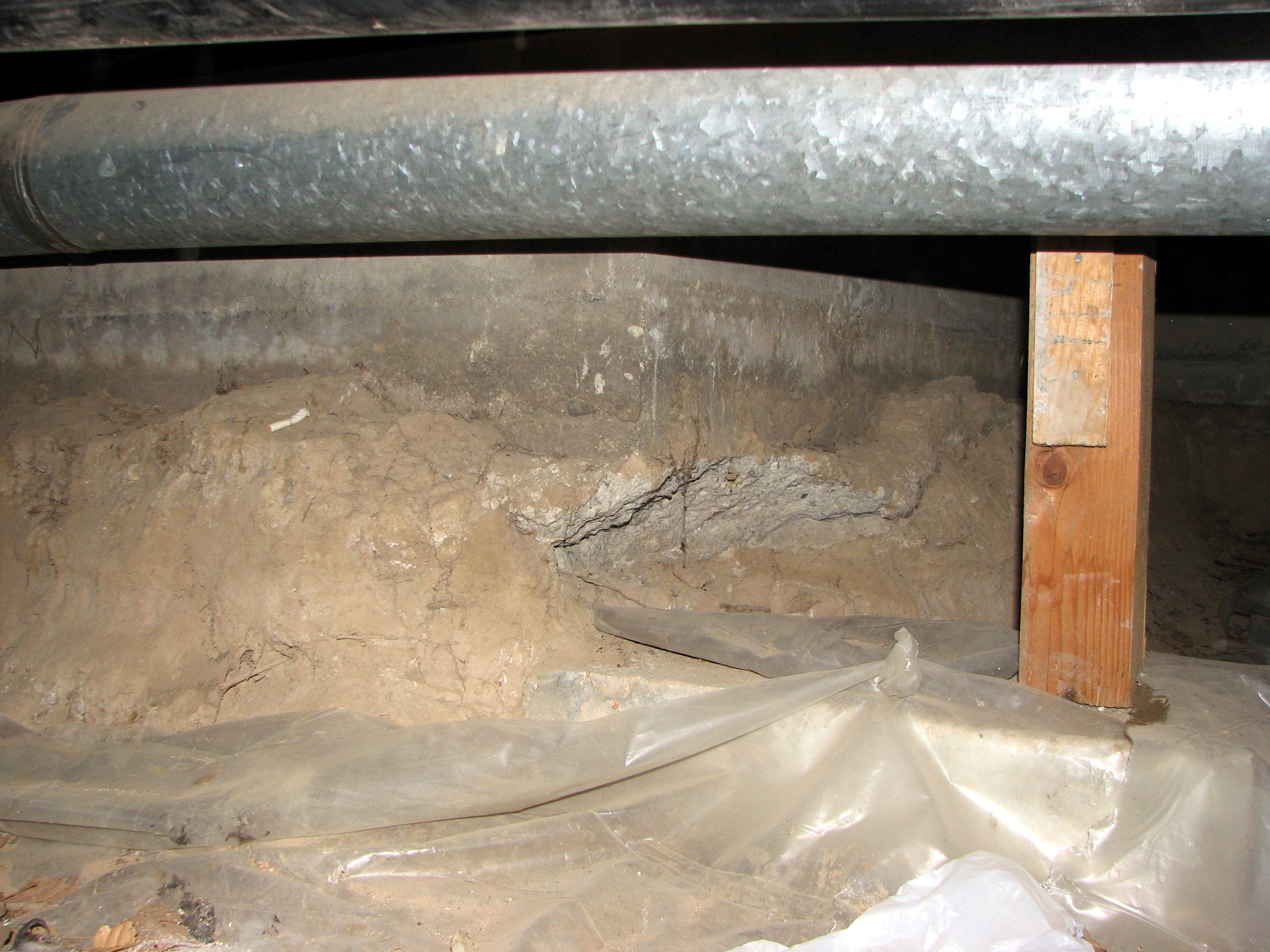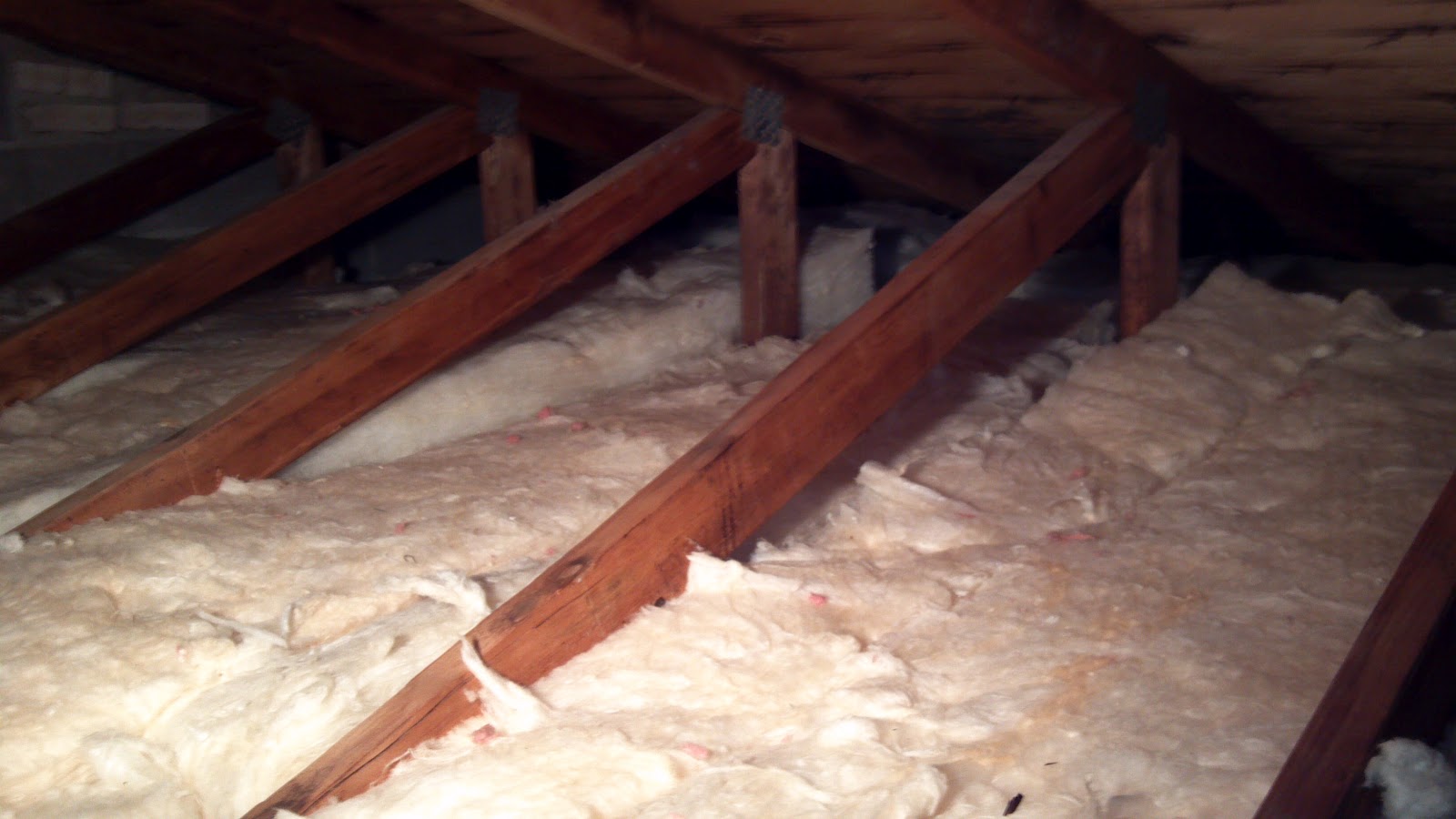Vapor Barriers
Keeping moisture out of buildings has been a challenge that homeowners and builders have faced since humans begun constructing houses. Moisture is a builder’s greatest enemy. Moisture can cause structural damage through rot. It can also lead to mold and pest infestations, making a structure unsafe.
The good news is that technology has come a long way. Just as building techniques and technology have improved, so have methods of keeping moisture at bay. Vapor barriers are amongst the many different technologies used to keep moisture out of buildings.
There are various types of vapor barriers available in the market. It is important to take your time and determine the best vapor barrier for your purpose. The following are some things to keep in mind:
- It should be semi-permeable
People often confuse vapor barriers and waterproof membranes. Unlike waterproof membranes, vapor retarders are not completely impermeable to water. In fact, they are semi-permeable. This feature allows the controlled passage of water through the material. The moisture however, does not get pass through to the other side of the barrier. This protects the internal space from moisture and humidity.
- They come with different ratings
These barriers come with varying ratings based on their level of permeability. A barrier rated 0.1 or less has very low permeability for water vapor. A rating higher than 0.1 indicates that the migration of water through the vapor barrier is slowed down.
The rating you select will depend on the type of floor or subfloor you have installed. For example, a wooden floor would do well with a vapor barrier rating of between 0.5 and 50.
- Roof felt cannot replace a vapor barrier
Many people are tempted to use roof felt as a vapor barrier because it is also semi permeable. However, it is not designed for this use. It does not undergo the same stringent testing that moisture barriers undergo. It is also too thick for installation in most floors.
- Barriers made from plastic trap water
It is important to avoid using a vapor barrier made of plastic. These have a rating less than 0.1. They will end up trapping water below the floor, which will result in an even worse problem when the floor fails.
Be sure to discuss your needs and requirements with a professional and licensed basement waterproofing contractor. This will ensure that you make a choice that suits your specific situation.







